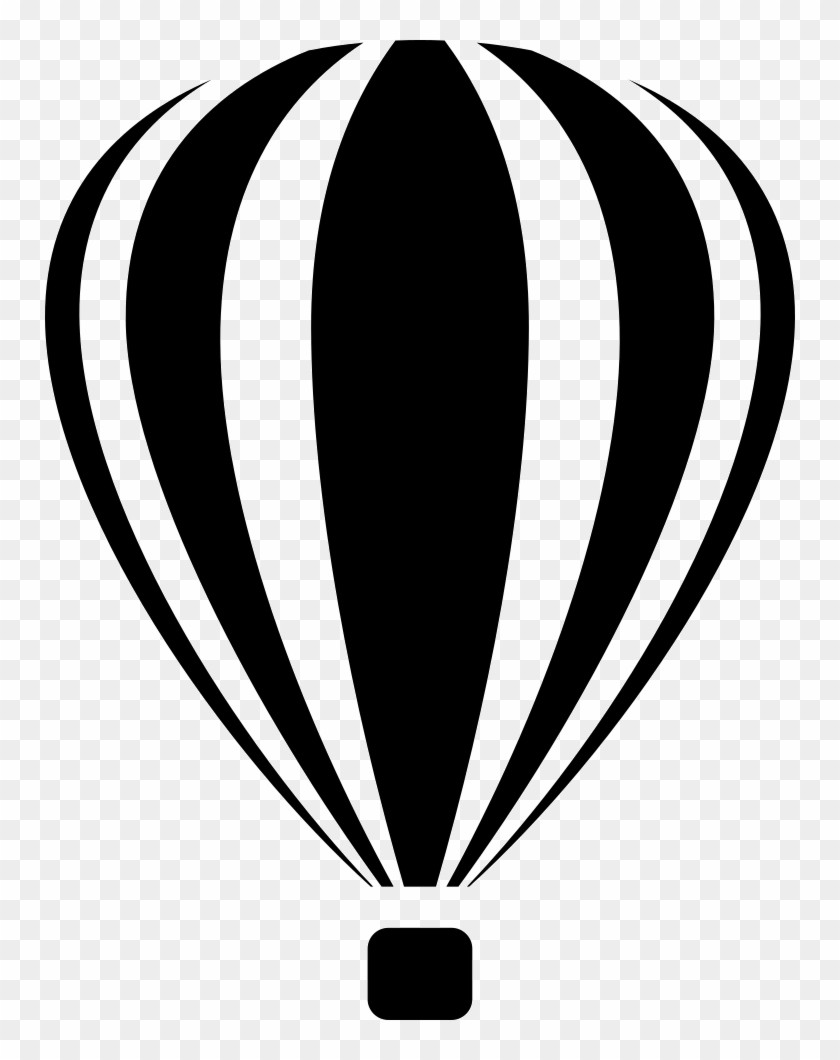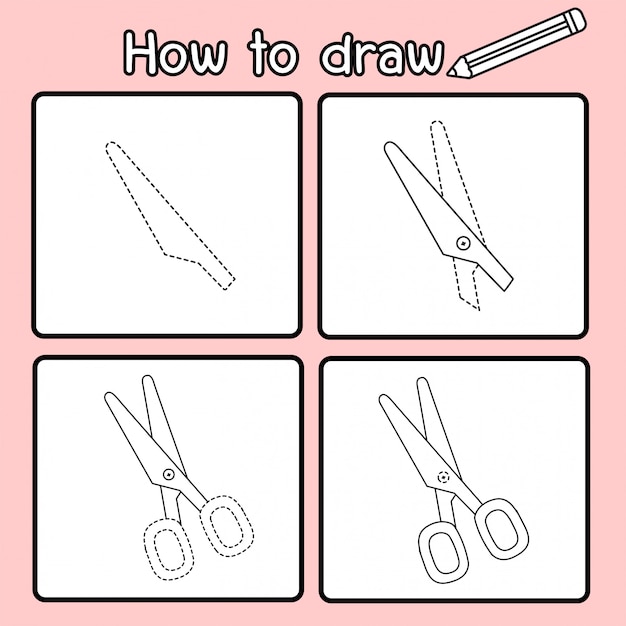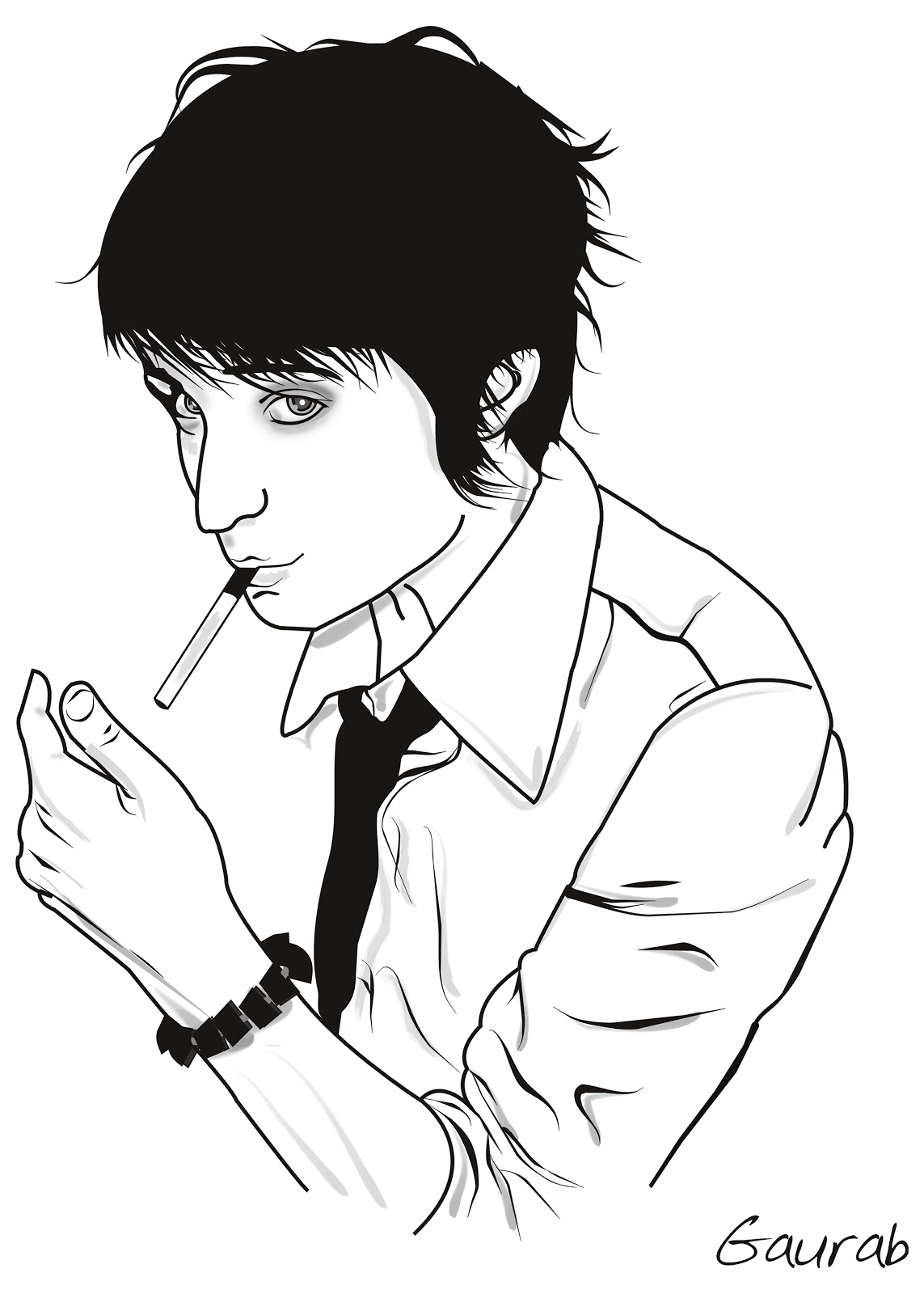Premium draw vector freepik
Table of Contents
Table of Contents
If you’re an aspiring designer or artist, you’ve probably heard the term “vector image” tossed around quite a bit. But what exactly is a vector image, and how can you create one? In this post, we’ll go over everything you need to know about how to draw vector images and why they’re an essential tool for any creative professional.
The Pain Points of Creating Vector Images
Creating vector images can be a daunting task, especially if you’re not familiar with the process. It can be challenging to create realistic and detailed graphics that look professional and polished, and many artists struggle to find the right tools and techniques to achieve the desired outcome. Additionally, learning a new software program like Adobe Illustrator or CorelDRAW can be time-consuming and overwhelming.
A Guide to Creating Vector Images
First, it’s important to understand what a vector image is. Unlike raster images, which are made up of pixels, vector images are created using mathematical equations that describe the shapes and curves in the image. This means that they can be scaled infinitely without losing any quality, making them ideal for logos, icons, and other graphics that need to be resized frequently.
To create a vector image, you’ll need a software program like Adobe Illustrator or CorelDRAW. These tools allow you to create shapes, lines, and curves using vectors, which can be manipulated and adjusted as needed. You can also fill your shapes with color or texture, add gradients, and create various effects to make your image stand out.
Summary of How to Draw Vector Images
In summary, creating vector images requires a clear understanding of the process and the right tools to achieve the desired outcome. With software programs like Adobe Illustrator and CorelDRAW, you can create polished and professional graphics that can be scaled to any size without losing quality. It can take time to learn these programs and create the perfect image, but with practice and dedication, anyone can master the art of vector graphics.
Capturing the Art of Vector Images
When it comes to creating vector images, it’s essential to find a style and technique that works for you. Some artists prefer to create simple line art, while others opt for more complex and detailed graphics. Experimenting with different styles and techniques can help you find your niche and hone your skills.
Personally, I like to start by sketching out my design on paper and then scanning it into Adobe Illustrator. From there, I use the pen tool to trace my sketch and create clean, crisp lines. I add color and texture using gradient fills and various effects to bring my image to life. It can take some trial and error to find the right combination of tools and techniques that work for you, but once you do, the possibilities are endless!
The Technicalities of Drawing Vector Images
When it comes to the technical aspects of creating vector images, it’s important to pay attention to details like anchor points, curves, and paths. These elements can make a big difference in the final outcome of your design, so it’s worth taking the time to learn and master them. Additionally, it’s important to choose the right colors and textures for your image to create a cohesive and polished look.
Maintaining Consistency in Vector Images
One of the most important aspects of creating vector graphics is maintaining consistency throughout your design. Paying attention to details like line weight, color, and spacing can help ensure that your image looks polished and professional. Additionally, using grids and guides can help you keep your design organized and aligned, which can make a big difference in the final product.
Question and Answer: How to Draw Vector Images
Q: What tools are needed to create vector images?
A: To create vector images, you’ll need a software program like Adobe Illustrator or CorelDRAW. Additionally, a graphics tablet can be helpful for creating clean and precise lines.
Q: What are the benefits of creating vector images?
A: Vector images can be scaled infinitely without losing quality, making them ideal for logos, icons, and other graphics that need to be resized frequently. They also tend to be smaller in file size than raster images, making them easier to share and store.
Q: Is it necessary to learn complicated software programs to create vector images?
A: While learning a software program like Adobe Illustrator or CorelDRAW can be time-consuming, it’s essential for creating high-quality vector images. However, there are simpler programs available for those who are just starting and want to learn the basics of vector graphics.
Q: Are there any shortcuts for creating vector images?
A: While there are no shortcuts for creating high-quality vector images, choosing the right tools and techniques can make the process faster and more efficient. Additionally, learning keyboard shortcuts for common tasks can help speed up your workflow.
Conclusion of How to Draw Vector Images
Creating vector images can be a challenging but rewarding experience for any aspiring designer or artist. By mastering the art of vector graphics, you can create polished and professional graphics that can be scaled to any size without losing quality. With the right tools, technique, and dedication, anyone can create stunning vector images that will impress clients and colleagues alike.
Gallery
Corel Draw Comments - Corel Draw Logo Vector - Free Transparent PNG

Photo Credit by: bing.com / logo corel draw vector comments clipart
Premium Vector | How To Draw

Photo Credit by: bing.com / premium draw vector freepik
COREL DRAW | DRAW SIMPLE VECTOR ART | JOHNNY DEEP | LINE ART Part 1

Photo Credit by: bing.com / vector corel simple draw line
Gaurab’s Virtual Mind: VECTOR Art (COREL DRAW)

Photo Credit by: bing.com / vector draw corel gaurab das kumar posted
HOW TO DRAW SIMPLE VECTOR WITH CORELDRAW X7 - YouTube

Photo Credit by: bing.com / vector draw simple coreldraw






